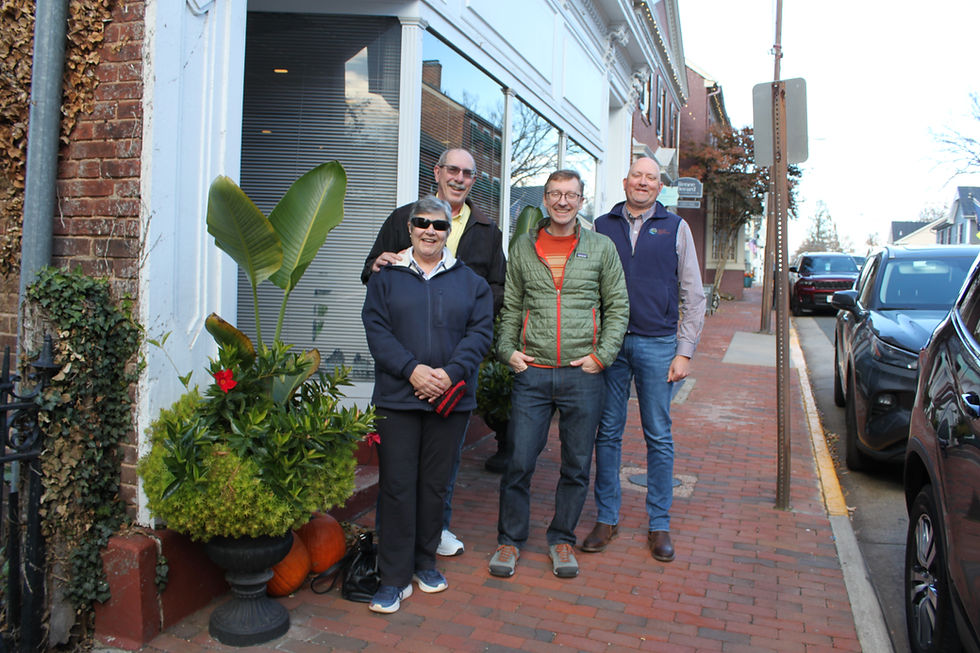NVCT's Invasive Plant Watch: A Case of Mistaken Identity, Red Mulberry or White Mulberry?
- NVCT
- May 19, 2022
- 2 min read

As we march toward June and the flowers bloom, there's a battle going on outside that no plant is safe from between our native and invasive plant life. As tricky as removing invasive plant species from your land can be, it can be just as tough differentiating friend from foe or, in this case, the native from the invasive.
Many of our native plants have an environmentally harmful doppelganger, making it hard to know which to remove and keep. Today, we will address these two visible and easily mistakenly identified plants, the Northern Virginia native red mulberry, and the invasive white mulberry.

Red Mulberry or Morus Rubra is a mulberry that is native to Virginia. It is the fruit of a fast-growing tree that enjoys moist and well-drained soil. Though the tree can grow to heights of 60 to 70 feet, it has a habit of extending wide, remaining perfect for those who enjoy tree climbing like us NVCT tree huggers.
Perhaps more than we enjoy climbing this tree, birds enjoy eating its ripened purplish-black fruit. Songbirds, gamebirds, cardinals, mockingbirds, and more are frequent visitors to the tree and relish eating from it.

White mulberry or Morus alba fruit grows on a tree that can amass to 40 to 60 feet tall and extend up to 40 feet wide. Birds do not non-discriminative against these trees' delicious fruit, as the ripened white mulberry can range from white to black.
However, what happens underground is most concerning regarding the native plants the white mulberry surrounds. It's crucial to differentiate the glossy green leaves of the white and the not-so-glossy leaves of the red because, under the soil, white mulberries transmit a root disease to our native red mulberries. Root diseases negatively impact the mortality of young trees, and we must protect our ecosystems from these invasive species that tend to dominate our native plants and threaten Virginia's natural history.
So if you are looking to plant a tree that fruit mammals and fruit birds will enjoy, plant the red mulberry because even if they don't know the difference, you do.








Don't forget FIGS